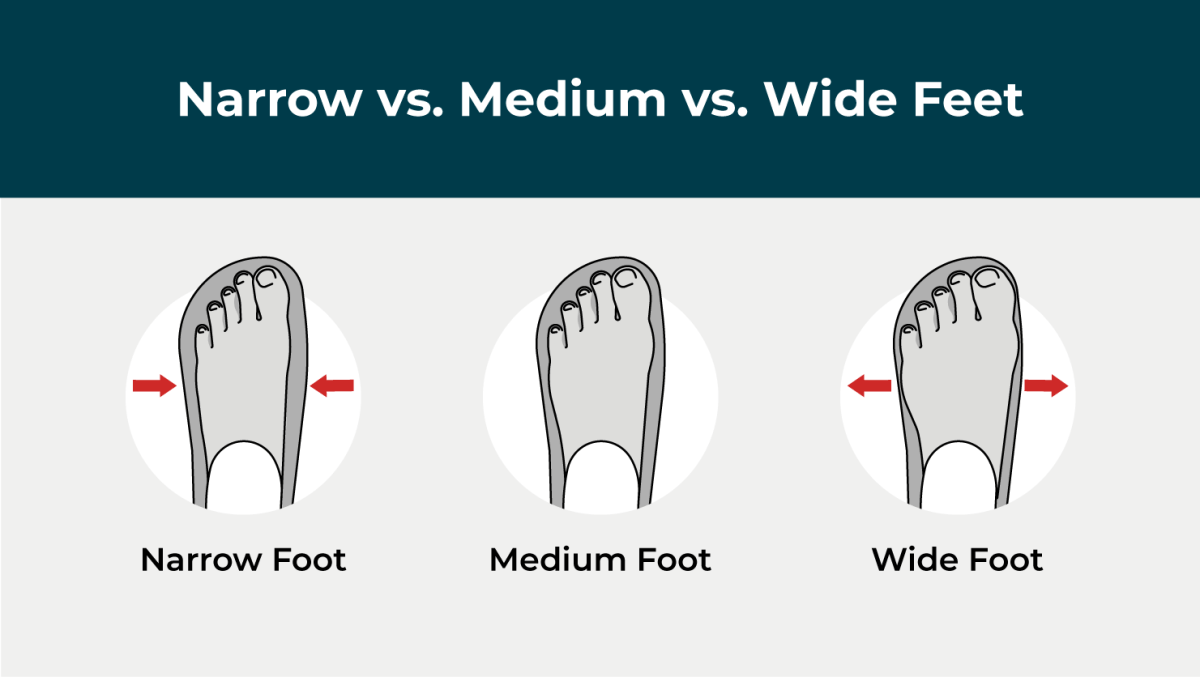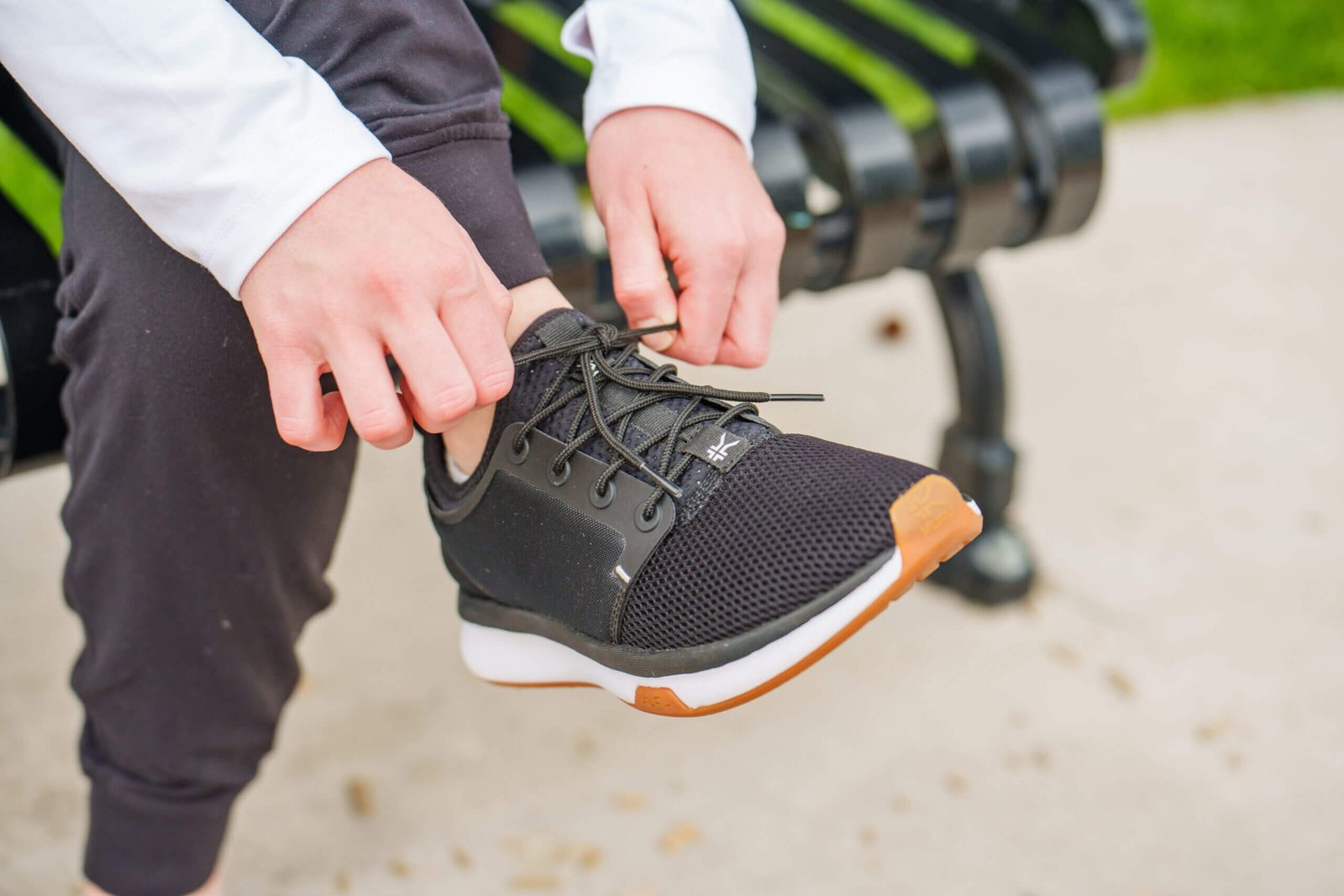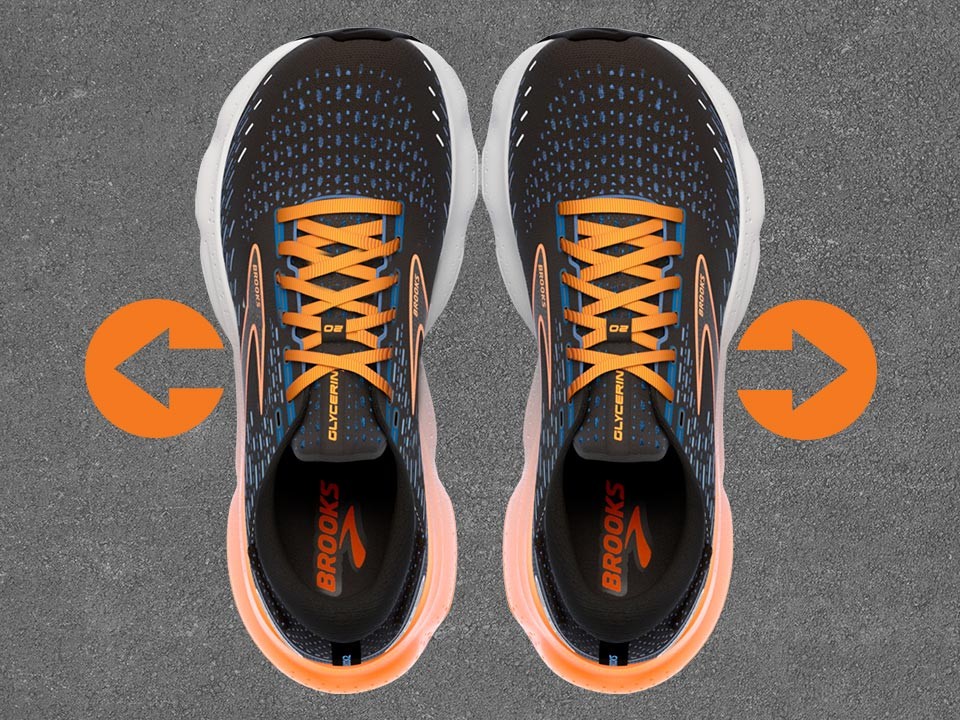Shoes are not only a fashion accessory, but also a necessity for our health and well-being. Finding shoes that fit properly and comfortably can be a challenge for many people, especially those who have wide or narrow feet. But what about those who have normal feet? Can they wear wide-fit shoes without any problems?
Wide-fit shoes have more space in the forefoot and toe box than regular shoes. They are designed to accommodate people who have wider feet or need extra comfort and support for their feet. Some people may wonder if they can wear wide-fit shoes with normal feet, and the answer is yes, but it depends on the type of shoe and the activity they are doing.
In this deeply researched guide, I will explore the reasons why people may need or prefer wide-fit shoes, the effects of wearing wide-fit shoes with normal feet, how to measure your shoe width, and some tips for wearing wide-fit shoes with normal feet. By the end of this guide, you will have a better understanding of whether wide-fit shoes are suitable for normal feet or not.

Why do people need wide-fit shoes?
There are different reasons why people may need or prefer wide-fit shoes, such as:
- Pregnancy: During pregnancy, women may experience swelling in their feet and ankles due to hormonal changes and fluid retention. This can make their feet wider and more sensitive to pressure and friction. Wide-fit shoes can provide more room and comfort for their feet during this period.
- Health Conditions: Some health conditions, such as diabetes, obesity, arthritis, or edema, can also cause swelling or inflammation in the feet. These conditions can affect the blood circulation and nerve function in the feet, making them more prone to injuries and infections. Wide-fit shoes can help prevent foot problems by reducing pressure and rubbing on the feet.
- Foot deformities: Some people may have foot deformities, such as bunions, hammertoes, corns, or calluses, that make their feet wider or irregular in shape. These deformities can cause pain and discomfort when wearing regular shoes that do not fit properly. Wide-fit shoes can accommodate these foot shapes and provide relief from pain.
- Personal preference: Some people may simply prefer wide-fit shoes because they find them more comfortable and spacious for their toes. They may also like the style or design of wide-fit shoes better than regular ones.

Difference between Normal and Wide Shoes
The difference between normal and wide shoes is the amount of space they provide in the forefoot and toe box areas. Normal shoes are designed for people who have average or medium-sized feet, while wide shoes are designed for people who have wider feet or need extra comfort and support for their feet.
Normal shoes are usually measured by letters that indicate how narrow or wide they are. For example, B is the standard width for women’s shoes and D is the standard width for men’s shoes. Wide shoes are usually measured by numbers that indicate how much wider they are than normal shoes. For example, 2E or EE is a wide width and 4E or EEEE is an extra-wide width.
Effects of wearing wide-fit shoes with normal feet
Wearing wide-fit shoes with normal feet can have both positive and negative effects, depending on the shoe type and the activity you are doing.
Positive Effects
- More comfort: Wide-fit shoes can provide more comfort for your feet by allowing them to move freely and naturally. They can also reduce the risk of blisters, corns, or ingrown toenails caused by tight or narrow shoes.
- More support: Wide-fit shoes can provide more support for your feet by distributing your weight evenly across your foot surface. They can also cushion your feet from impact and shock when walking or running.
- More breathability: Wide-fit shoes can provide more breathability for your feet by allowing air to circulate around your toes. This can help keep your feet cool and dry, especially in hot or humid weather.

Negative Effects
- Less stability: Wide-fit shoes can provide less stability for your feet by making them slide or move around inside the shoe. This can affect your balance and coordination when walking or running, especially on uneven or slippery surfaces. It can also increase the risk of sprains, strains, or fractures in your ankles, knees, or hips.
- Less protection: Wide-fit shoes can provide less protection for your feet by exposing them to more dirt, debris, or sharp objects that may injure your skin or nails. They can also make your feet more vulnerable to cold or heat, especially in extreme weather conditions.
- Less performance: Wide-fit shoes can provide less performance for your feet by affecting your speed, agility, or power when doing sports or physical activities. They can also interfere with your foot biomechanics and posture by altering your gait or alignment.
Should you size down in wide-fit shoes?
If you have normal feet and want to wear wide-fit shoes, you may need to size down in order to get a better fit. Sizing down means choosing a smaller shoe size than your usual one. For example, if you normally wear a size 8 in regular shoes, you may need to wear a size 7 or 7.5 in wide-fit shoes.
Sizing down can help prevent your feet from sliding or moving too much inside the shoe, which can cause instability or discomfort. However, sizing down too much can also cause problems, such as squeezing your toes or cutting off your circulation. Therefore, it is important to try on different sizes and styles of wide-fit shoes before buying them.
You should also consider shoe width that may affect your shoe fit, such as:
Shoe width: Shoe width is measured by letters that indicate how narrow or wide the shoe is. For example, A is the narrowest width and E is the widest width. The standard width for women’s shoes is B and for men is D. So make sure to check the labels on the shoe boxes to get the right size.

How to Know if You Need Wide Shoes
If you want to wear wide-fit shoes with normal feet, you need to know your exact shoe width. You can measure your shoe width at home by following these steps:
- Place your foot on a piece of paper while seated.
- Trace your foot. With a pen or pencil
- Repeat with the other foot.
- Measure the width between the widest points of each foot to figure out the correct width for your shoes
- Subtract to find your shoe width.
- Compare your measurements with a shoe width chart.
Tips for wearing wide-fit shoes with normal feet
If you decide to wear wide-fit shoes with normal feet, here are some tips to make them more comfortable and suitable for you:
- Choose shoes that have adjustable features, such as laces, straps, buckles, or Velcro.
- Wear socks that are thick or padded to fill up some of the extra space in the shoes.
- Use insoles or inserts that can provide more cushioning and support for your feet and arches. They can also help improve the fit and alignment of the shoes.
- Avoid shoes that have pointy toes, high heels, or thin soles, as they can cause more pressure and discomfort on your feet.
- Try on different sizes and styles of wide-fit shoes before buying them, and walk around in them for a while to see how they feel.
Conclusion
Wearing wide-fit shoes with normal feet is possible and sometimes beneficial for people who need more comfort and space for their feet due to various reasons. However, wearing wide-fit shoes with normal feet can also have some drawbacks, such as less stability, protection, or performance for certain activities. Therefore, it is important to measure your shoe width accurately and choose shoes that fit well and suit your needs. Only this way one can ensure good foot health. So, I hope that by the end of this guide, you folks have found your answer about whether you can wear wide-fit shoes on normal feet or not.



No comment yet, add your voice below!